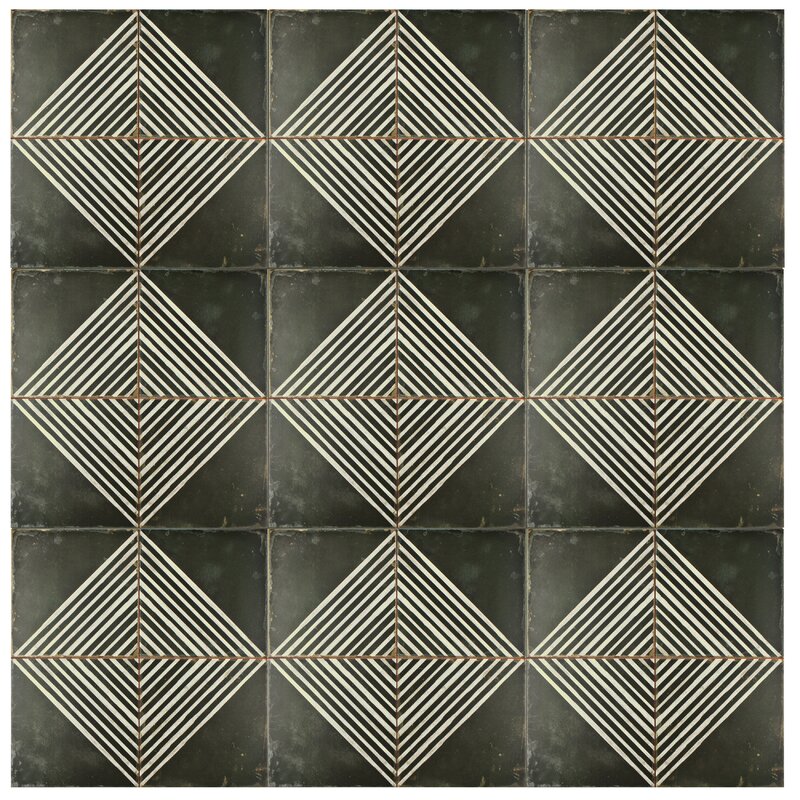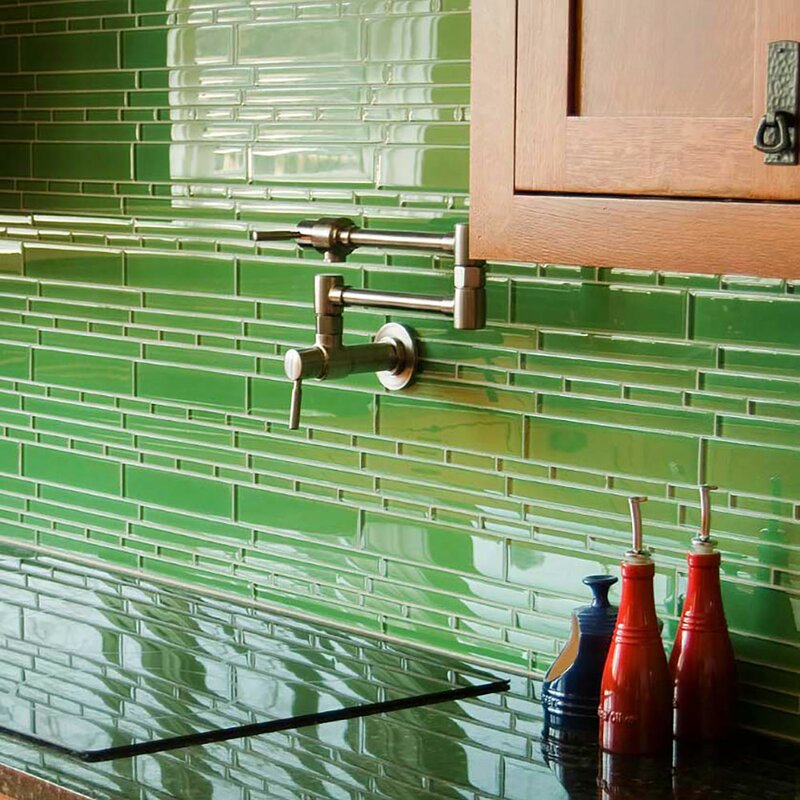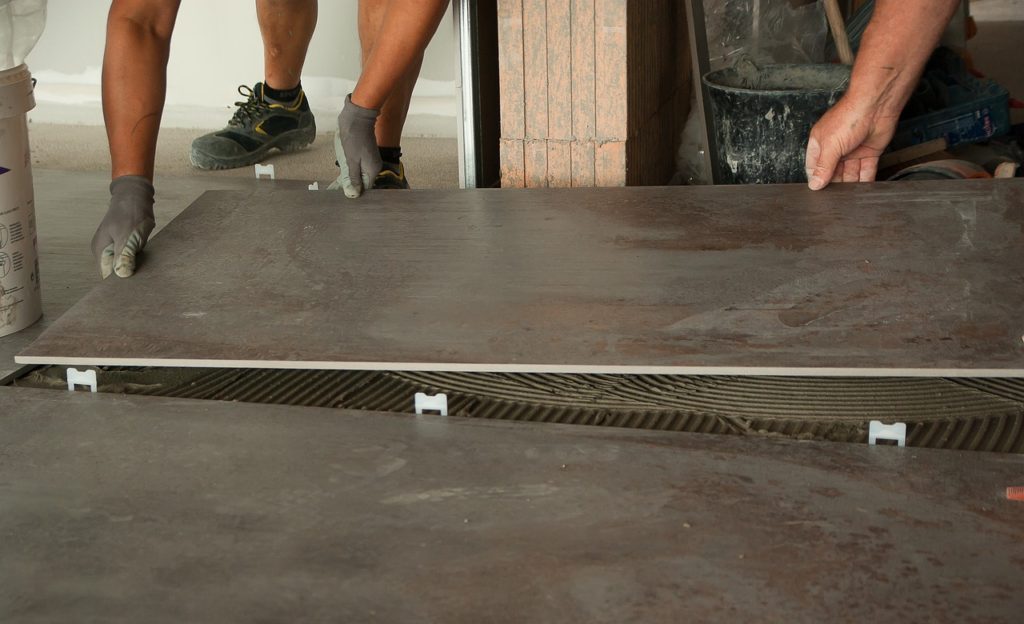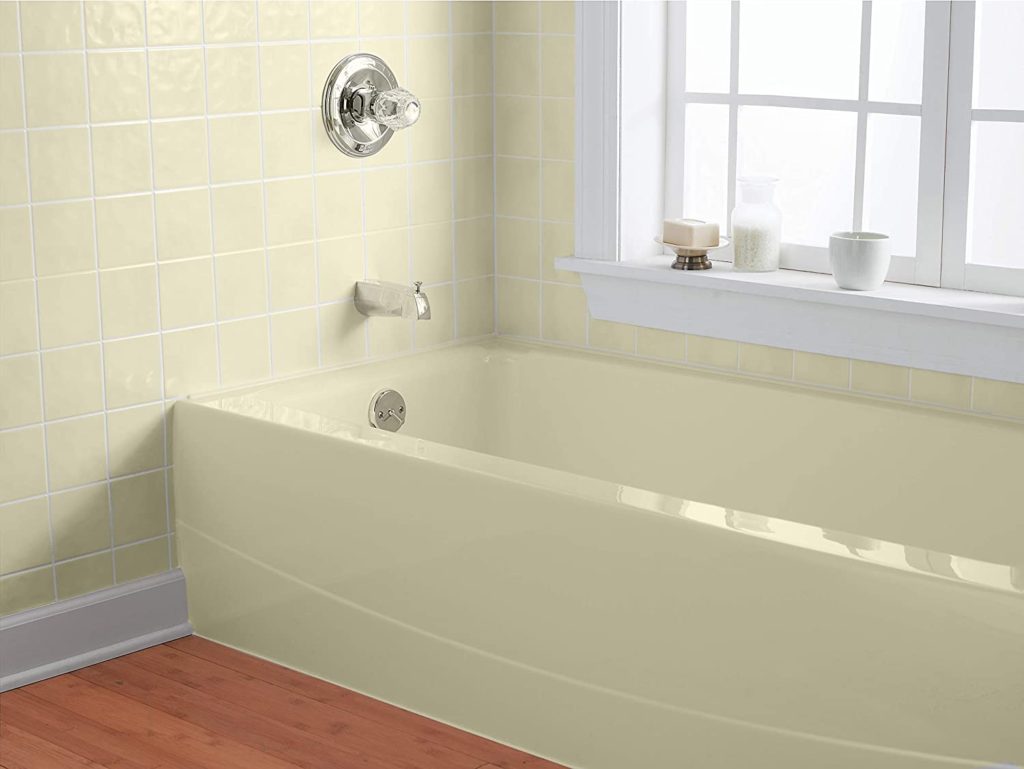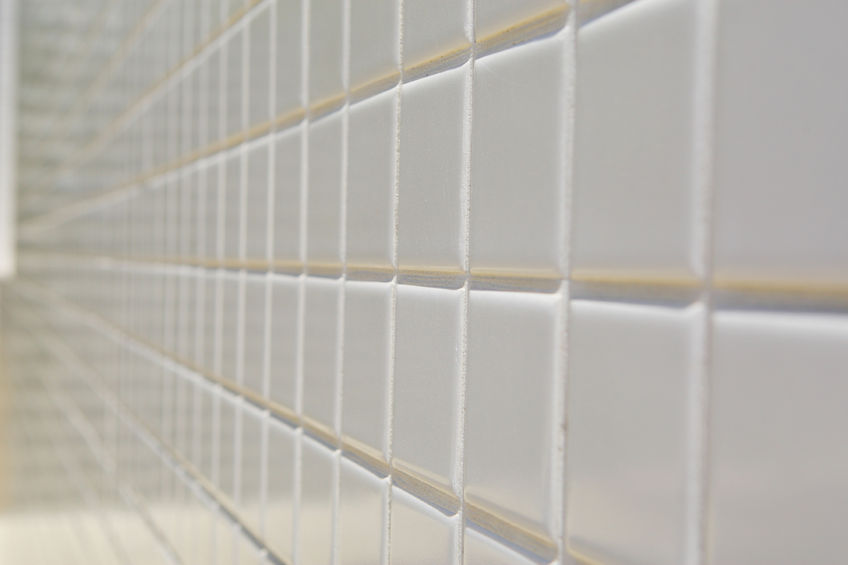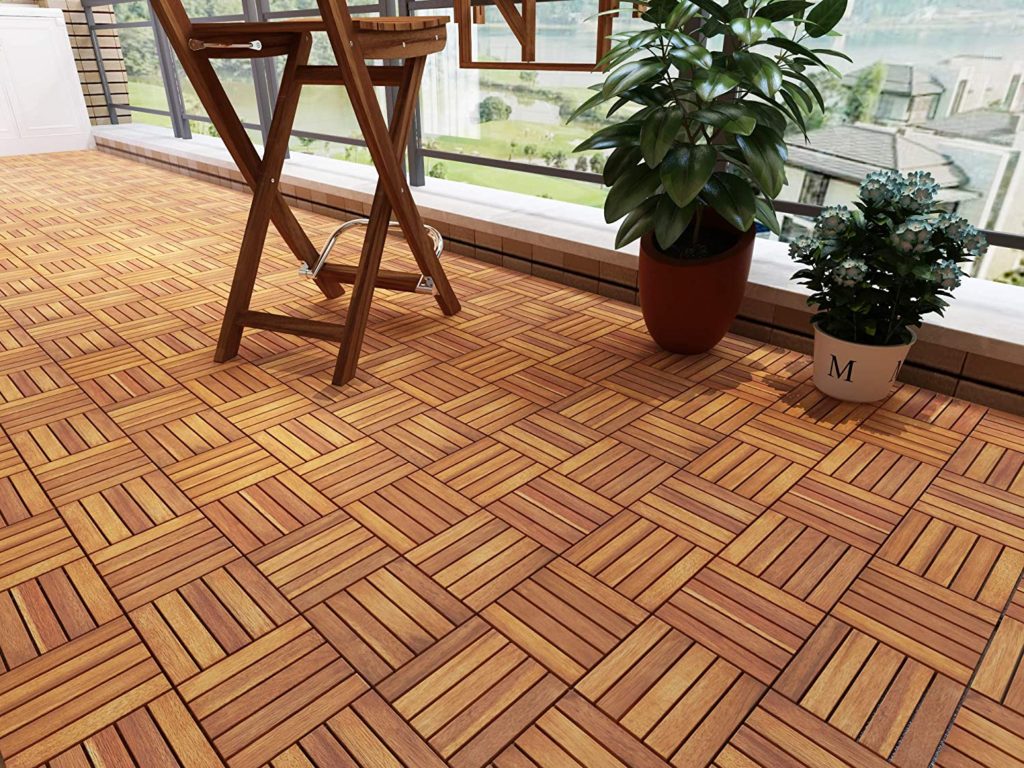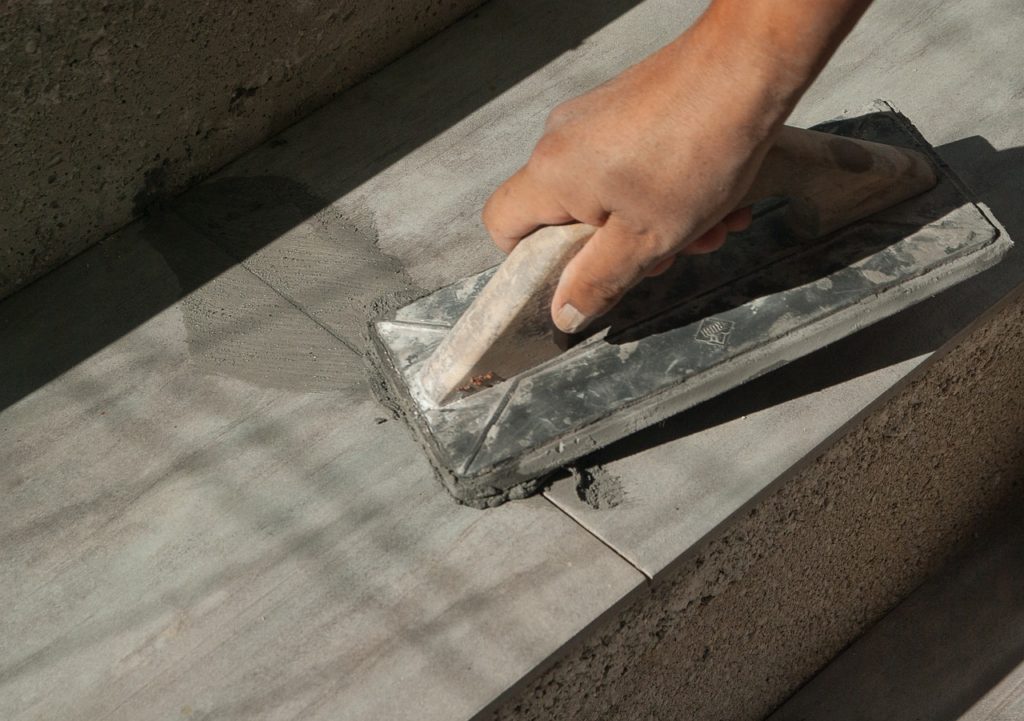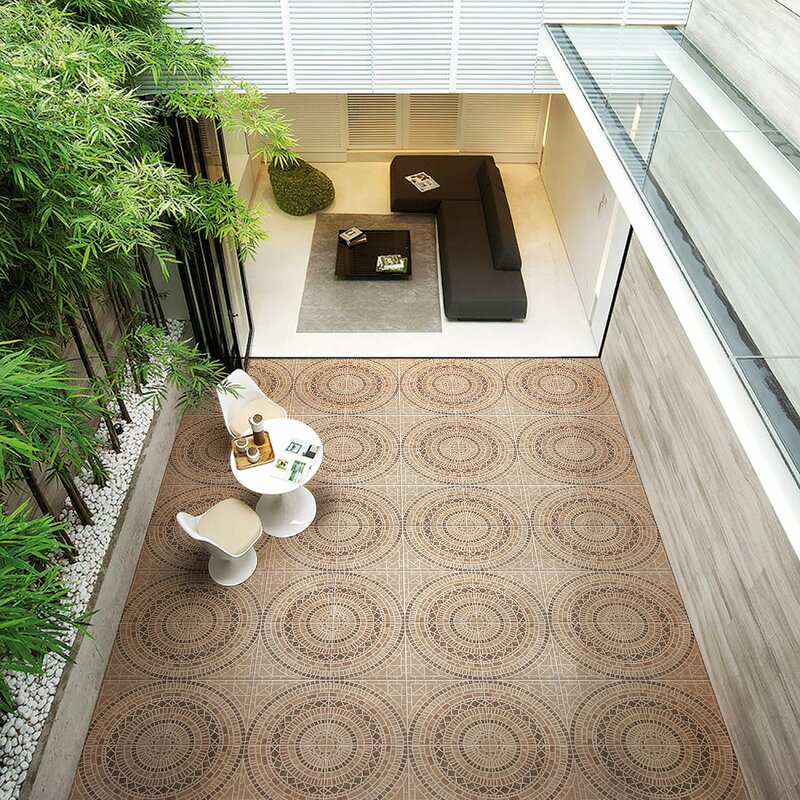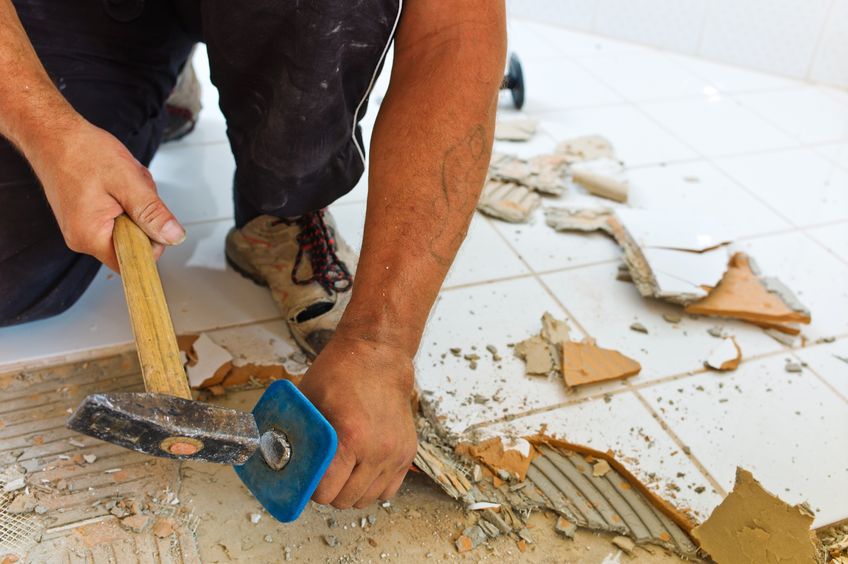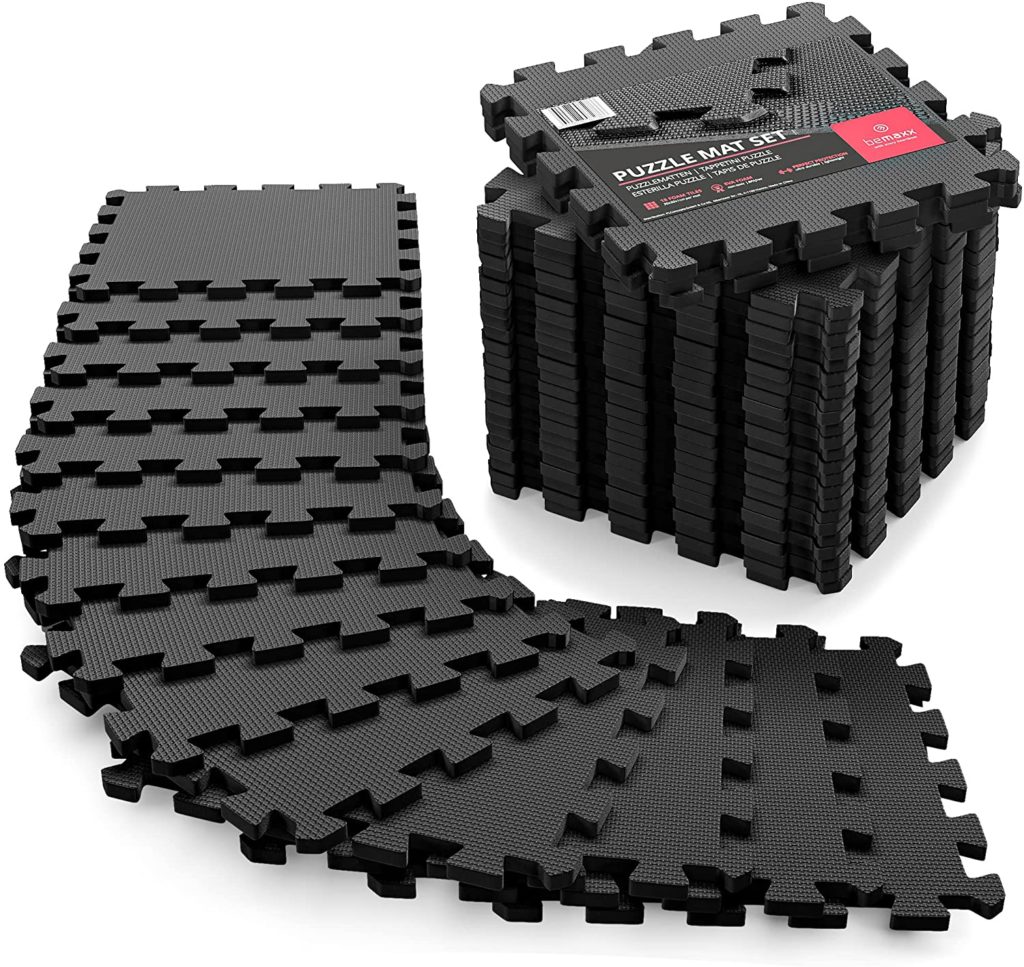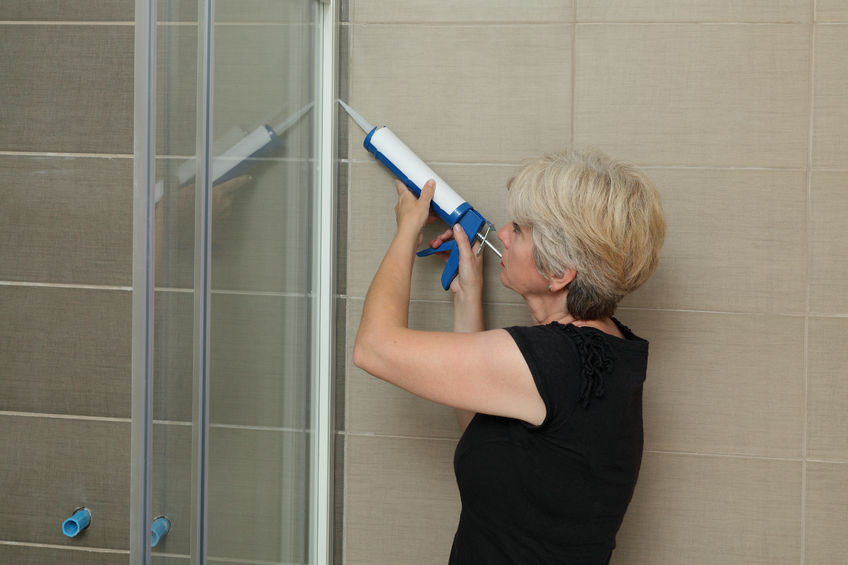
Adding tile to your home is always a smart decision and one that will add to its looks and function. However, sometimes problems may arise after the job has been completed. Without a doubt two of the most frequent are both cracked tile joints and cracked tiles. Here is what you need to know about dealing with both.
Cracked Tile Joints
Cracks in the joints of a tile project are a very common problem especially when the job is done by someone who is not a professional. That oftentimes means the DIY homeowner who wants to save a few bucks or build some experience doing it themselves. The problem almost always is that instead of using a flexible caulk or sealant to fill in transition areas they instead used hard tile grout.
Spaces such as where floor tiles meet the wall, where the tiles meet the rim or face of the tub, and the inside corners of tub surrounds are all typical areas where cracking occurs. These spots require an expansion joint made from a flexible material, not your standard tile grout as it will eventually be just about guaranteed to crack.
If this is the case, do not fill in the cracks with more grout, as this will just lead to more cracking in the future. You will need to remove any existing grout and fill in the area with caulk or sealant. If your cracked tile joints are not where the tile meets another material but in the main body of the project, it usually means that your tile grout was not mixed properly. In order to fix this, you must remove it and re-grout.
Cracked Tile
The tiles themselves can also become cracked for a variety of different reasons. The easiest to deal with are tiles that have become cracked or broken from a heavy object falling on them. You can find out how to solve this by reading our article on tile removal. Other reasons for cracking can be: the tiles are installed over expansion joints, on top of more than one material, or on a setting bed that is too flexible for them.
For all of these, you will need to remove the damaged tiles and deal with the structural problem below. Usually, by adding an isolation membrane over the area, replacing the tiles, and then using caulk or sealant around those tiles instead of grout, you can effectively minimize the chance of cracks occurring in the future.
There’s no need for cracked joints or tile to be an eyesore. With the advice above you’ll be able to deal with either or both so that they don’t develop into a larger future problem. And of course, if you don’t have the skills, be sure to consult a tile professional!
The Top Tips For Tile Countertops
Buy on Wayfair Countertops are an important space in any home. In the kitchen, they are where we prepare meals, wash up, and even store extra items. And of course in the bathroom, they serve as a place to help us get ready for the day and retire for the night. Even...
Choosing Your Tile Color
Buy on Wayfair The tile color you choose is one of the most important decisions you can make for your project. It can make a huge difference in how your home looks and feels and can even be a factor if there comes a time in the future when you would like to sell your...
A Quick Glossary Of Tile Terms
There can be a lot of new terms that come up when purchasing or planning to install tile in your home. So we've compiled a quick list of some of the most commonly used tile terms along with their definitions to help you on your way. Let's get started! Back Buttering:...
How To Touch Up Your Tile On A Dime
Buy on Amazon Chipped and cracked tiles can be a major eyesore. They not only take away from the look of your installation but from the room as a whole. However, oftentimes you can get away without having to remove any tile whatsoever, saving you time and money. When...
Water Stains: A Sign Your Tile Installation May Have A Problem
There are a few clues that can help to show you that your tiling project may have a problem. Water stains in particular can be a dead giveaway that tiles that have been installed in a wet area like a bathroom, have a problem. Even if the stains have just recently...
Six Wet Room Tile Design Tips
A wet room is a completely waterproof shower room that offers a more stylish and contemporary alternative to a traditional bathroom. They can be installed in virtually any home and are fantastic for increasing the value of a property. Tiling is one of the key design...
Deck Tiles: An Easy and Inexpensive DIY Option
Buy on Amazon A new deck or patio can not only be a very time-consuming project but also an expensive one as well. A much more convenient and inexpensive option are deck tiles. Made from a variety of great-looking materials these tiles are an easy way to give your...
Tiling Tips That Can Save You Time, Money, And Effort!
When purchasing, laying or working with tiles, a little good advice can go a long way. Most mistakes that cause you to lose time, money, and effort are easily avoidable. Here are some tips that could help you save one or all of these: -Before you start your project...
Larger Tiles Tend To Make A Small Room Appear Bigger!
Buy on Wayfair There are many tricks used by interior designers, builders, and contractors that can really affect the way a room is viewed. And while most homeowners don’t know about them, they are simple enough to be applied by anyone and can really work wonders to...
How To Estimate How Many Tiles You Need Quickly And Easily Without A Tile Calculator!
When purchasing wall or floor tiles, many people use a tile calculator program. However, not only do you not need one, its smarter for you to know how to estimate how many boxes of tile you will need by yourself, without the use of a computer...
Learn Tile Removal In 5 Minutes!
There are many reasons you might need to remove a single or even multiple tiles. The good news is you don’t need to pay someone else to do it for you. While it might require a little “elbow grease,” tile removal is a very simple DIY repair that any homeowner can do...
So What’s The Best Tile Cleaner? It’s Not What Your Mother Told You!
We’ve all seen nasty green grout lines and funky sticky tiles somewhere, and always promise ourselves it won’t happen to us. So what’s the way to keep the green monster at bay? It’s actually not the way your mom probably taught you! What Not To...
Rubber Tiles Made Easy!
Buy on Amazon While rubber tiles are not known for their beauty or stunning appearance, that’s not what they’re built for. Instead, these tiles are all about function. So here is your complete guide to this helpful flooring option. Safety The reason most people...
